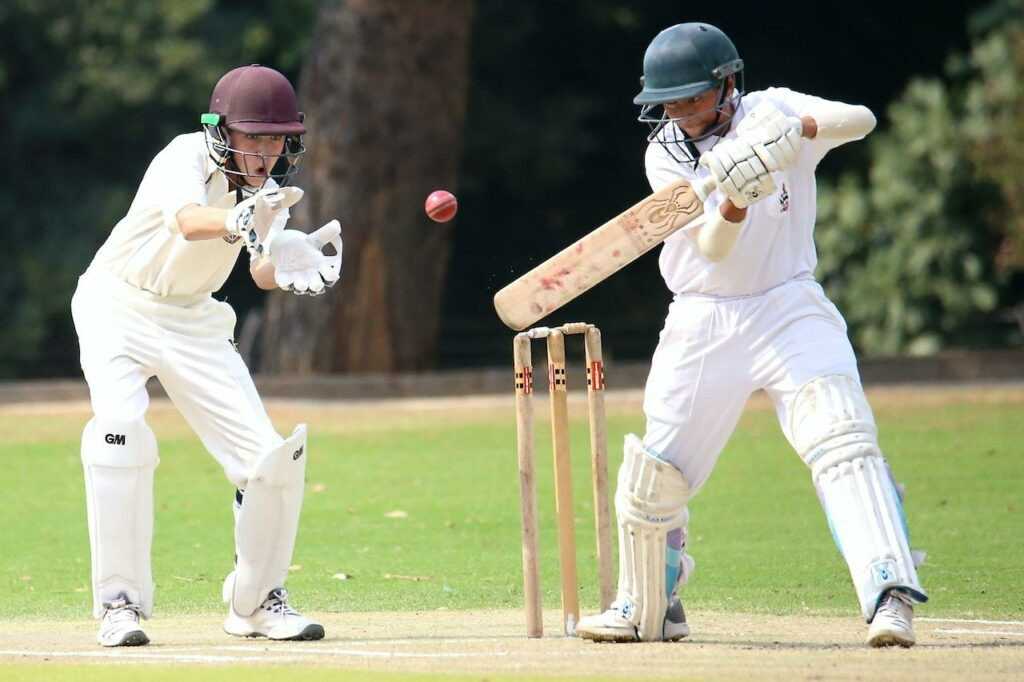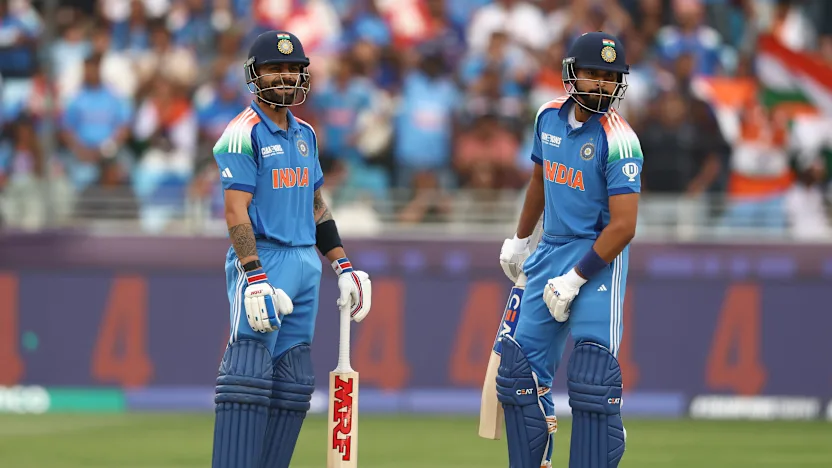Strategic Use of the Follow-On Rule in Test Matches

Strong 8k brings an ultra-HD IPTV experience to your living room and your pocket.
The follow-on rule in Test cricket can turn a match completely. But not every captain chooses to enforce it—even when the numbers say they can. Why? Because enforcing the follow-on isn’t just about stats. It’s about reading the game, knowing your bowlers, and timing your move.
Let’s break down how smart captains use the follow-on rule to change games and how strategy matters more than raw numbers.
What Is the Follow-On Rule in Test Cricket?
When a team leads by 200 or more runs after the first innings in a five-day Test match, the captain of the leading team can enforce the follow-on. This means the opposing team bats again immediately, instead of the leading team batting a second time.
It’s a way to push for a result when the leading side believes they have full control.
But just because you can enforce the follow-on doesn't mean you should.
When Can a Team Enforce the Follow-On?
The rule depends on match length:
5-day Test: Lead must be 200+ runs
4-day match: Lead must be 150+ runs
3-day match: Lead must be 100+ runs
2-day match: Lead must be 75+ runs
In men’s international Tests, the 5-day rule applies.
You can use a follow-on calculator to check if the lead qualifies. But strategic use goes beyond numbers.
Why Teams Enforce the Follow-On
Captains enforce follow-on for three key reasons:
1. To Win Fast
If time is running out and a win is close, enforcing the follow-on lets the bowling team stay in attack mode. You don’t waste time batting again.
2. To Break Momentum
A team just bowled out cheaply may be mentally shaken. Bowling again right away keeps pressure high.
3. When Conditions Help Bowlers
If the pitch is cracking or swinging and bowlers are fresh, you use the follow-on to make the most of those conditions.
Also Read: Test Cricket Rules
Why Teams Sometimes Avoid the Follow-On
Choosing not to enforce isn’t a defensive move—it’s smart cricket.
1. Resting Bowlers
If your bowlers just worked hard in the field, they need rest. Batting again lets them recover.
2. Worsening Pitch
Batting last on a turning pitch is tough. If you're already ahead, batting again gives you a big lead and leaves the opposition with a tough chase.
3. Avoiding a Surprise Comeback
History shows teams that enforced the follow-on and still lost. Once momentum shifts, it’s hard to stop.
Real-World Examples of Strategic Follow-On Use
✅ Australia vs England, 2002 Ashes (Brisbane)
Australia enforced the follow-on after bowling out England cheaply. The pitch had bounce and pace. England struggled again, and Australia won easily.
Takeaway: Pitch conditions matched Australia’s strengths.
❌ India vs Australia, 2001 (Kolkata Test)
Australia enforced the follow-on after leading by 274 runs. But India came back strong with Dravid and Laxman scoring massive runs. India won in one of Test cricket’s greatest turnarounds.
Takeaway: Australia underestimated the pitch and the fightback.
✅ Sri Lanka vs Zimbabwe, 2004
Sri Lanka enforced the follow-on with Muralitharan turning the ball sharply. Zimbabwe was bowled out again on a crumbling pitch.
Takeaway: Used spinning conditions well with match-winning bowlers.
What Captains Must Consider Before Enforcing the Follow-On
Here's what smart captains think about:
Pitch conditions: Is it getting easier or harder to bat?
Weather: Will rain affect time left?
Bowler fatigue: Are your strike bowlers fresh?
Opposition mindset: Are they on the back foot or building confidence?
Time remaining: Enough overs left to take 10 wickets?
A good follow-on call balances these questions. It’s not just about the score.
How the Follow-On Rule Has Changed Over Time
In the past, teams enforced the follow-on more often. But in recent years, captains have become more cautious.
Why the shift?
Modern batting depth makes second innings comebacks more likely.
Sports science tells us more about bowler fatigue.
Teams play more Tests with back-to-back games—so captains manage workloads.
Still, when used well, the follow-on is a powerful tactic.
Modern Trends: Do Teams Still Use the Follow-On?
Stats from the last 5 years show:
Follow-on is enforced in less than 30% of cases where it’s allowed.
Teams batting again win more often than those enforcing it in tight matches.
But in matches with big leads and good bowling conditions, follow-on wins are more dominant.
This proves it’s not about using it often—it’s about using it smart.
Pros and Cons of Enforcing the Follow-On
Pros
Saves time
Keeps pressure on
Works well with attacking bowlers
Cons
Risk of bowler burnout
Pitch may ease up
Opponent can regroup
FAQs About Strategic Use of the Follow-On
Who decides on enforcing the follow-on?
The fielding team’s captain makes the call based on lead, time left, and match conditions.
What is the lead required for follow-on in Test cricket?
A 200+ run lead after the first innings in a 5-day Test match.
Why did Australia lose after enforcing follow-on in 2001?
India batted exceptionally in the second innings, and the pitch supported their spin bowlers later on.
Is follow-on common today?
Less common. Captains often prefer to bat again to control the match.
Does the ICC plan to change the follow-on rule?
No, the rule remains as part of the official Laws of Cricket.
What happens if the follow-on is enforced and the second team wins?
It’s rare but possible. The team following-on must outscore and then bowl out the other team again.
Can a team enforce follow-on twice in one series?
Yes, as long as the rules allow and conditions fit.
Does the follow-on apply in ODIs or T20s?
No. The follow-on rule is only in multi-day matches like Tests and some first-class games.
Is enforcing the follow-on risky?
It can be, especially if bowlers are tired or conditions change.
How can a fan predict follow-on chances?
Use a follow-on calculator after the first innings to check eligibility. Then think about pitch, time, and fatigue.
Final Thoughts: Think Beyond the Rule
The follow-on rule in Test cricket is more than a number. It's a test of the captain’s thinking.
Every match is different. What worked once may not work again. But the best captains use the follow-on when it fits the moment, not just the math.
Now your turn—would you enforce the follow-on with a 220-run lead and two days left? Let us know in the comments. And if this post helped you, share it with your fellow cricket fans.
Note: IndiBlogHub features both user-submitted and editorial content. We do not verify third-party contributions. Read our Disclaimer and Privacy Policyfor details.



